Affiliate links on Android Authority may earn us a commission. Learn more.
Curves are beautiful, yes, but what about flat screens?
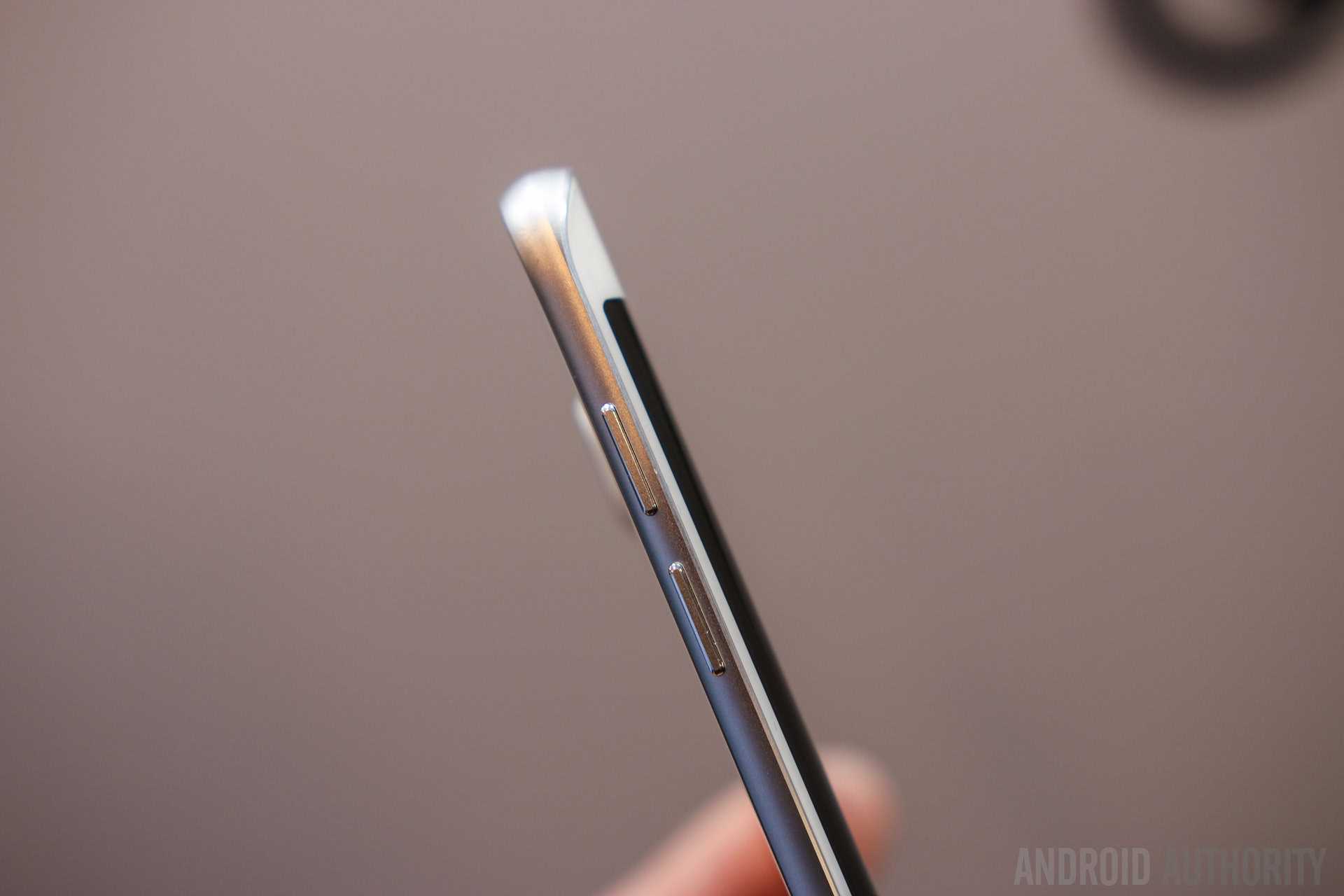
Samsung’s original Galaxy S may have been the subject of much controversy due to its similarities with Apple’s iPhone, but since then, the South Korean company has come a long way. It essentially was the first to coin the term “phablet,” a large screen phone that we’ve now become so used to, and almost two years ago, it introduced us to something else that many of us considered – and still consider – revolutionary: a dual-curved screen. What started as a slightly more expensive option for the Galaxy S6 has proven itself to be immensely popular, insomuch that Samsung is said to be ditching a flat-screen version of the next Galaxy S altogether. But is that a good idea? Let’s have a look at some of the benefits and drawbacks.
You looking bad, you with all those curves
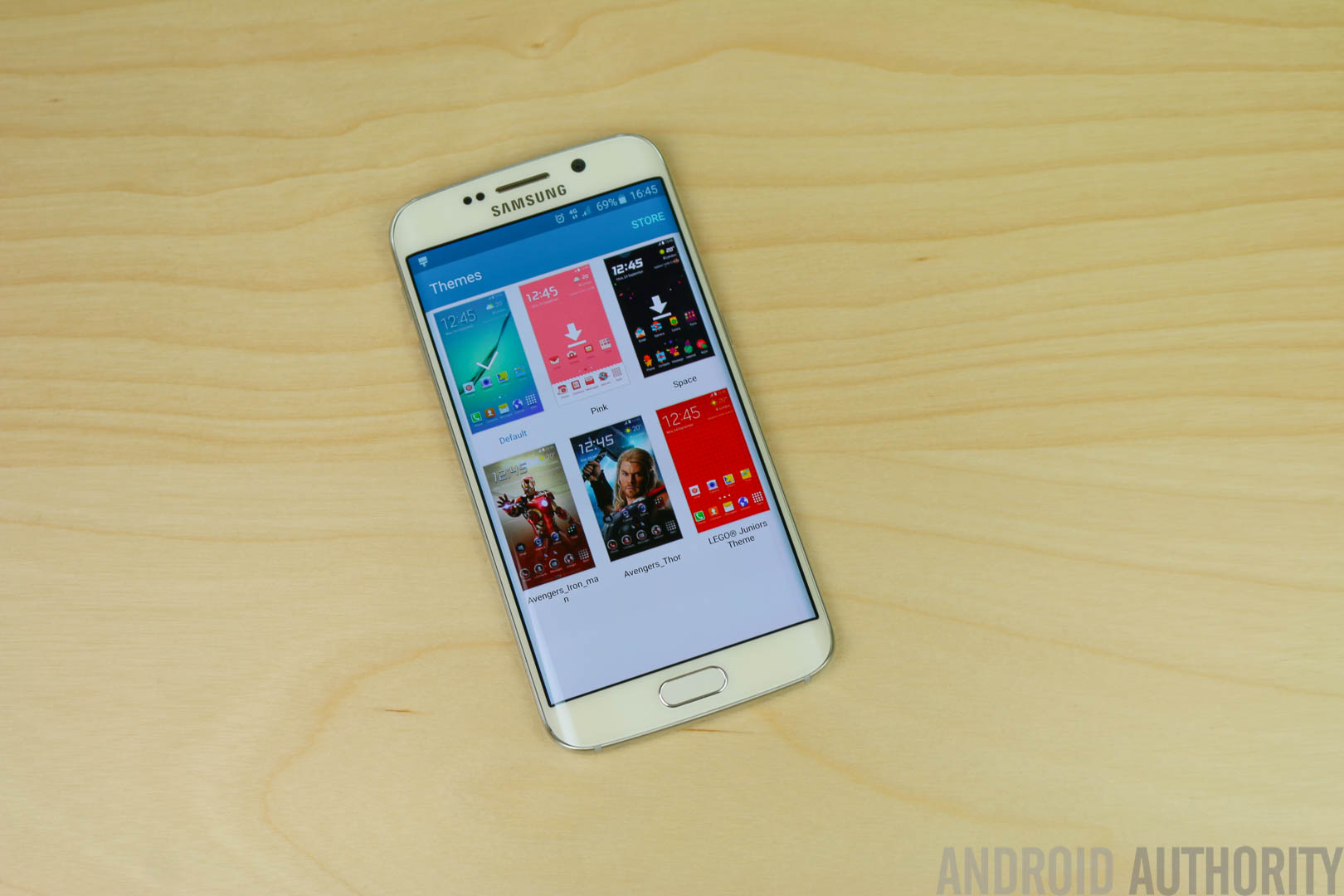
When the Galaxy S6 duo launched back in March 2015, Samsung redefined what its smartphones could and should look like. The duo had an all glass and metal design – a first for Samsung – and the Galaxy S6 Edge boasted an elegant curve on each side of the screen. Of course, Samsung had already shown us a glimpse of this technology with the Galaxy Note Edge, but the S6 Edge was the first widely-available commercial phone with a dual-curved display.
The sixth generation of Samsung’s flagship was simply put, gorgeous. And especially the curvier sibling of the two. In fact, it was so popular that even Samsung wasn’t apparently prepared enough to meet the demand: the S6 Edge’s demand far surpassed the company’s expectations, and it was forced to open a third factory for screen production. But why?
From a purely superficial point of view, the explanation is simple: the curves are sexy as hell.
From a purely superficial point of view, the explanation is simple: the curves are sexy as hell. It’s a wow factor. It’s unique. Although its merits were largely unknown back then, its killer looks were enough to entice consumers, including myself. After years of flat screens, among millions of them, the Galaxy S6 Edge was a chance to stand out, and let me just say that it did the job: I can’t count how many times I was asked about the phone’s screen.
Boom clap sound of my heart (breaking)
But that’s about it when it comes to the pros of having a curved display. I mean, what could be worse than the feeling you get when you drop your phone, and you nervously lift it up only to find an excruciating crack across the screen? Well, that’s exactly what happened to my Galaxy S6 Edge. With the Galaxy S7 edge, I’ve been using a dual-curved smartphone for quite some time now, and this is what I’ve realized: curved phones are weak.
With the Galaxy S7 edge, I’ve been using a dual-curved smartphone for quite some time now, and this is what I’ve realized: curved phones are weak.
There are several factors at play here: the first is the design. That’s the fundamental source of physical vulnerability. Whereas with a flat-screen phone, the corners – often the most susceptible points – are enclosed with metal (or plastic or ceramic or whatever), with a dual-curved phone, the surface is primarily glass. The cushioning role played by the side frames is diminished as the glass curves around onto the sides of the phone. And to make things worse, replacing a curved screen is almost half the price of the original price tag. Take the Galaxy S7 edge: it’s $270 to replace a cracked screen. So not only is it easier to break, but you probably have a higher chance of becoming broke.
So why not protect your phone? That’s yet another tricky question. From my experience, finding a durable screen protector that stays on isn’t exactly an easy task. And if you don’t like bulky cases, good luck because the majority of pretty, thin ones out there will bend and come off given the extremely slim sides of any curved device.
Touch my body, know you like my curves
With the screen wrapping around the sides, there’s so much to touch. And sometimes, too much. Although personally, I’ve never had an issue accidentally touching something because of the edges on my S7, sometimes the palm rejection doesn’t work quite well enough. Perhaps the flesh around my metacarpal bones under the thumb is too plump, but more often than not, the screen would register my palm and reject my finger.
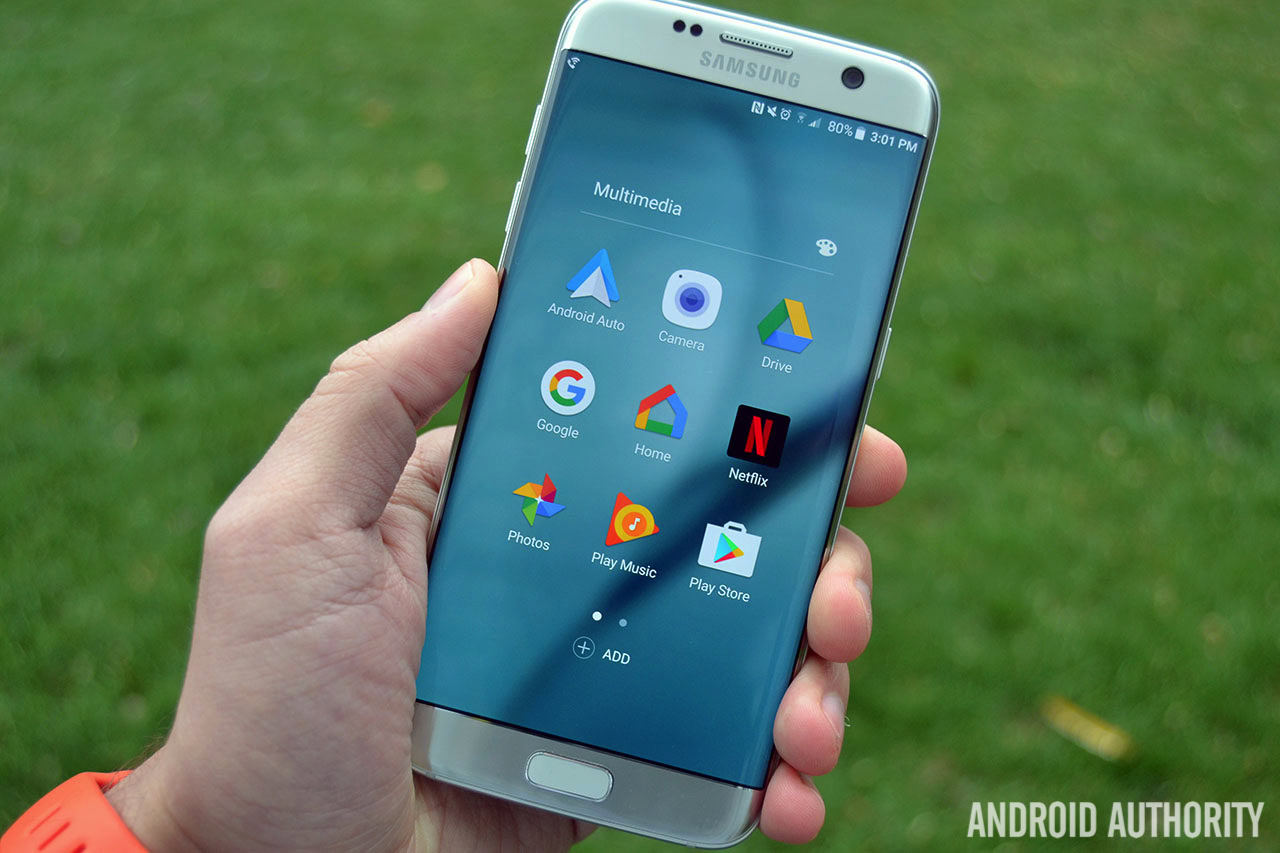
That’s something that with enough bezel, a flat-screen phone could easily avoid. If Samsung does indeed release two Galaxy S8 models both equipped with a curved screen, then I expect them to be darn good at discerning which is my palm and which is the intended touch.
Work, work, work, work, work
Samsung’s decision to push the “edge” version of its flagships – the late Galaxy Note 7 wasn’t even offered as a flat-screen version – is purely an aesthetic choice, in my opinion. And for a lot of us too who opt for the curved option, it is largely an aesthetic choice. That’s because the curved sides don’t add any value to “work”; in terms of functionality, the sides might as well not be there.
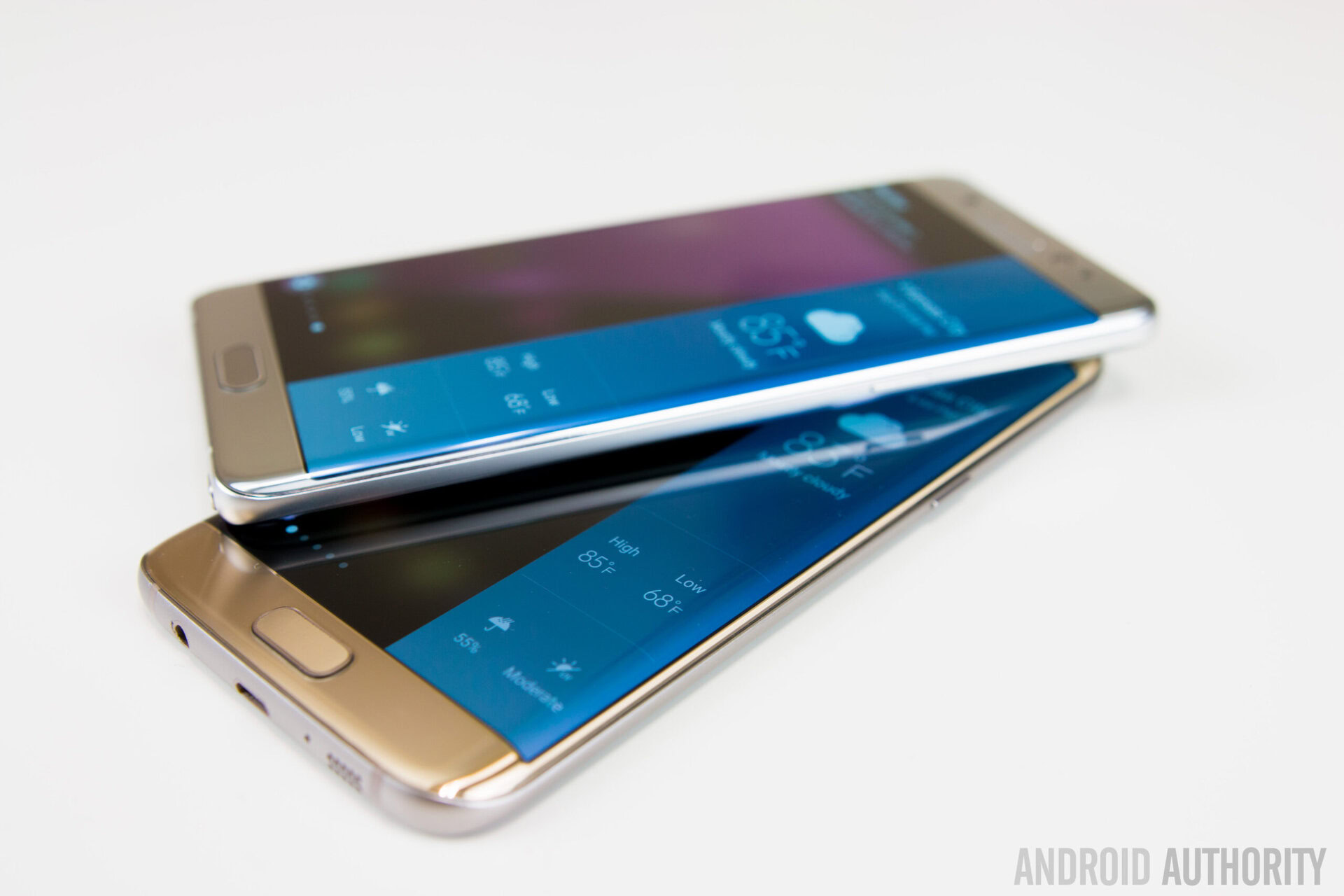
Samsung as well as some Chinese OEMs provide some ways to “take advantage” of the edges, usually letting you slide a minuscule bar to access app and contact shortcuts as well as useful tools. In reality, however, its existence is often forgotten. I admit that I am quite fond of Samsung’s ruler feature, but again, it’s extremely limited as anything longer than the S7 edge itself, I will need an actual ruler.
The most puzzling aspect of all this, for me, was the Galaxy Note 7’s screen. The Note 7’s differentiating feature has always been the S-Pen. It’s for light note-taking but also for serious drawing and productivity-related work. That means at least sometimes, you need every pixel of the screen, all the real estate you can get. Even though the Note 7’s curves were much more abrupt and therefore affected a smaller area, writing or drawing on those curves was practically impossible. Having a curved screen adds no practical advantage and sometimes even detracts from the phone’s functionality.
Even though the Note 7’s curves were much more abrupt and therefore affected a smaller area, writing or drawing on those curves was practically impossible.
Haters gonna hate, hate, hate
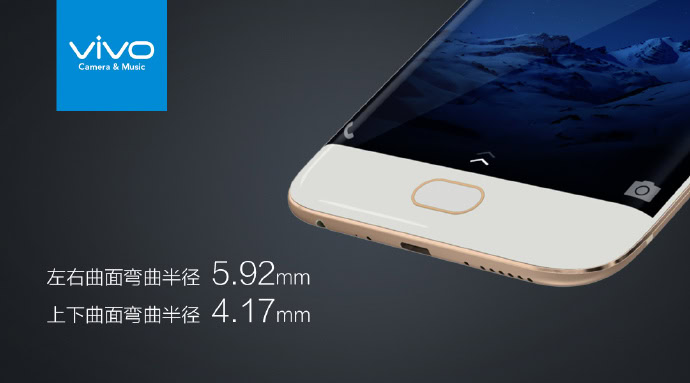
Quantitatively, it seems like the benefits of a curved smartphone are outweighed by its drawbacks. However, curved smartphones continue to be extremely popular. Obviously, for some, including myself, the aesthetic pleasure it adds is enough to forgive some of its inconveniences. The Galaxy S7 edge not only outsold its flat-screen sibling but became the world’s best-selling Android device. Following the success that Samsung saw, companies like HUAWEI, Xiaomi, and vivo are following suit with their own offerings, and even the almighty Apple is said to be preparing a curved iPhone for next year’s 10th anniversary of the iPhone.
Whether you like it or not, it seems like manufacturers are convinced of the curved screen’s market value.
Whether you like it or not, it seems like manufacturers are convinced of the curved screen’s market value. They can charge a bit more for it, and it’s still going to sell, at least according to the numbers. What needs to accompany this trend, however, is highly optimized software with an efficient palm rejection technology and a creative way to fully utilize the sides of the screen. And as for the average consumer, as flagships become curvier and curvier, what we need to do is research, research, research, and get the right protection. And pray that the screen doesn’t crack.
What are your thoughts on curved screens? Let us know by leaving a comment down below!